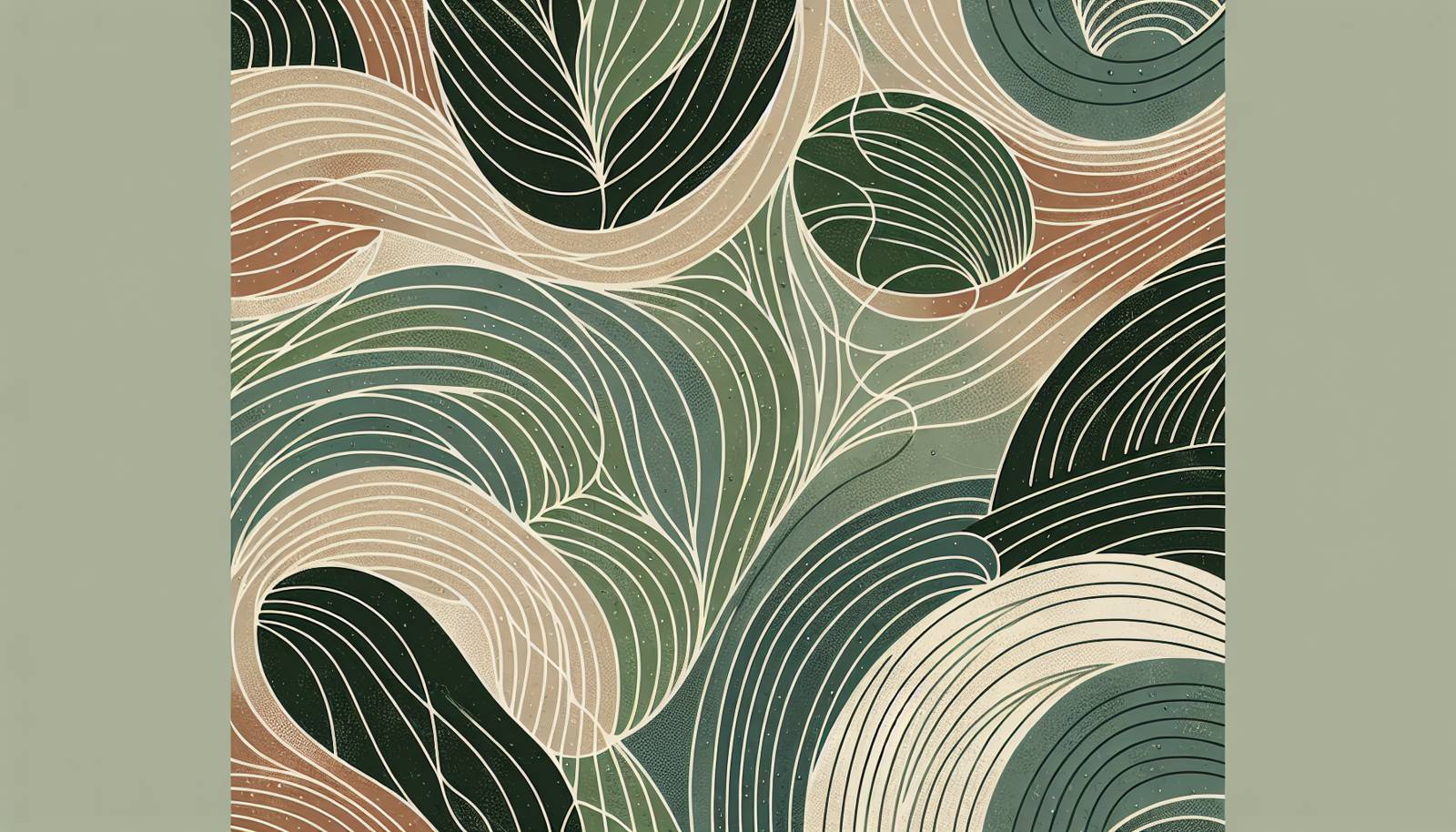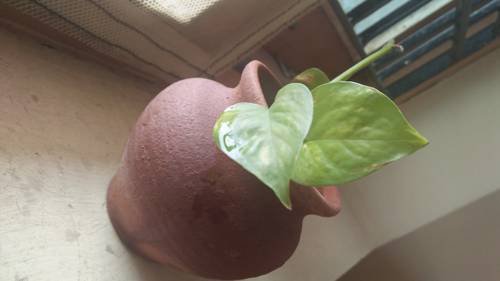
FAQ About Indoor Plant Potting Myths and Facts

Is it true that all indoor plants thrive in small pots?
The belief that all indoor plants thrive in small pots is a myth. While some plants prefer to be root-bound, such as orchids and peace lilies, many others require more space to grow healthy roots and develop properly. It's essential to choose a pot size based on the plant's size and growth pattern.

Do indoor plants need special soil mix to survive?
Yes, indoor plants often require a special soil mix to survive and thrive. This is because standard garden soil can be too dense for potted plants and may not provide proper drainage or aeration. A good potting mix generally consists of materials like peat moss, vermiculite, and perlite, which help retain moisture while ensuring adequate air flow.

Can you use any container as a pot for indoor plants?
While many containers can be repurposed for indoor plants, they must have adequate drainage holes at the bottom. Without proper drainage, excess water can lead to root rot and damage the plant's health. Ensure that any container used is appropriately sized and allows for water to escape.

Is it better to water indoor plants with ice cubes?
This myth has grown in popularity, but watering plants with ice cubes isn't advisable for most indoor plants. Sudden temperature changes can shock the plant roots and may cause damage. Instead, it's better to water plants using room temperature water to provide even moisture distribution.

Do pebble trays really increase humidity for indoor plants?
Pebble trays can indeed help increase humidity around indoor plants, albeit marginally. By placing a pot on a tray filled with pebbles and water, it creates a microclimate with higher humidity, which can benefit plants sensitive to dry air. However, it's more effective in smaller enclosed spaces than open areas.

Are self-watering pots good for all indoor plants?
Self-watering pots can be beneficial for many indoor plants, particularly those that require consistent moisture levels. However, they are not suitable for all plants, especially those that prefer dryer conditions between waterings, such as succulents and cacti. It's important to consider the specific water needs of each plant before choosing this type of pot.

Is fertilizing indoor plants optional?
Fertilizing indoor plants is generally recommended for optimal health and growth. Plants in pots do not have access to the natural replenishment of nutrients that outdoor plants have, so using fertilizers occasionally helps supply the necessary nutrients that may be lacking in potting soil over time.

Can you reuse old potting soil for new plants?
Reusing old potting soil can be done, but it requires rejuvenation to ensure it provides enough nutrients for new plants. Old soil often compacts and loses its ability to retain moisture and nutrients effectively. Adding fresh compost, organic material, or a slow-release fertilizer can help enrich the reused soil.

Is misting indoor plants necessary for their health?
Misting indoor plants can help raise humidity and may benefit certain tropical species. However, for some plants, particularly those not accustomed to high humidity, misting is unnecessary and can even promote fungal diseases if leaves remain wet for too long. Consider each plant’s natural habitat before deciding to mist.

Do all indoor plants need indirect sunlight?
Not all indoor plants require indirect sunlight; lighting needs vary greatly among species. Many plants thrive in bright, indirect light, but some, like succulents and certain cacti, prefer direct sunlight. Meanwhile, low-light plants such as snake plants and pothos can manage with even less light, often making them ideal for darker rooms.

Should you repot indoor plants every year?
Repotting indoor plants every year is not strictly necessary and depends on the plant’s growth rate and current health. Rapidly growing plants might need annual repotting to accommodate their expanding root systems, while slower-growing plants can often remain in the same pot for several years without negative effects.

Can indoor plants purify the air efficiently?
While it's a popular notion that indoor plants purify air, the effect is usually minimal in residential settings. Studies show that while plants can filter certain toxins, the quantity required to significantly impact air quality would need to be substantial, far more than what is typically feasible in a home environment. However, they do contribute to a general feeling of well-being and can slightly improve air quality.

Is it possible to overwater indoor plants even with good drainage?
Yes, overwatering can still occur even if a pot has good drainage. Consistently providing more water than the plant requires may lead to root rot and oxygen deprivation if roots remain saturated for extended periods. Monitoring soil moisture levels before watering can help prevent overwatering issues.

Can you propagate indoor plants in any season?
Although it's possible to propagate indoor plants in any season, spring and summer are often the best times. During these seasons, plants are actively growing and have a higher likelihood of successfully developing roots. Winter propagation can be more challenging due to reduced light and growth rates, though still achievable with the right conditions.

Is topping off soil in potted plants with rocks or gravel effective?
The practice of topping off soil with rocks or gravel is not particularly effective for improving plant health. This method was once thought to improve drainage, but it actually creates a perched water table effect, increasing the risk of root rot. It’s better to ensure proper drainage holes and use a well-draining soil mix.

Do indoor plants need to be rotated regularly?
Rotating indoor plants regularly can benefit them, especially those growing towards light sources. Rotating the pot ensures even light distribution and can prevent uneven growth or bending towards the light, promoting a healthier and more balanced appearance.

Is it okay to use garden soil for indoor potted plants?
Using garden soil for indoor potted plants is generally not recommended because it can lead to compaction within the pot. This restricts airflow, water drainage, and root growth, potentially harming the plant. A lighter, specifically designed potting mix is typically better suited for indoor plants.

Does changing the pot size affect the plant's growth?
Yes, changing the pot size can affect a plant's growth. Too large a pot can lead to overwatering as the soil retains too much moisture, while too small a pot can restrict root growth and nutrient uptake. Selecting the right pot size allows roots to expand and supports healthy plant development.

Is using recycled water safe for indoor plants?
Using recycled water for indoor plants can be safe, provided it does not contain harmful chemicals or contaminants. Avoid using water with soap, grease, or any cleaning agents. Using rainwater or water from boiled vegetables (once cooled) can be nutrient-rich and beneficial, but always ensure it’s free of harmful substances.

Are decorative pots without drainage suitable for indoor plants?
Decorative pots without drainage holes can pose a risk to indoor plants due to potential overwatering and root rot issues. If you prefer using decorative pots, consider placing the plant in a smaller pot with drainage and then inside the decorative one. This way, you can remove excess water easily, ensuring better plant health.
